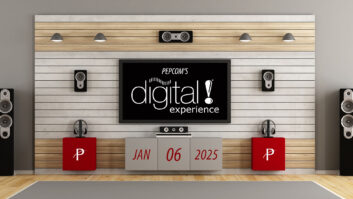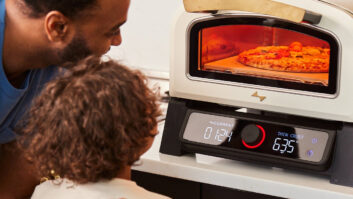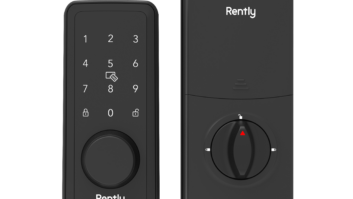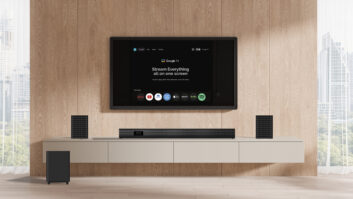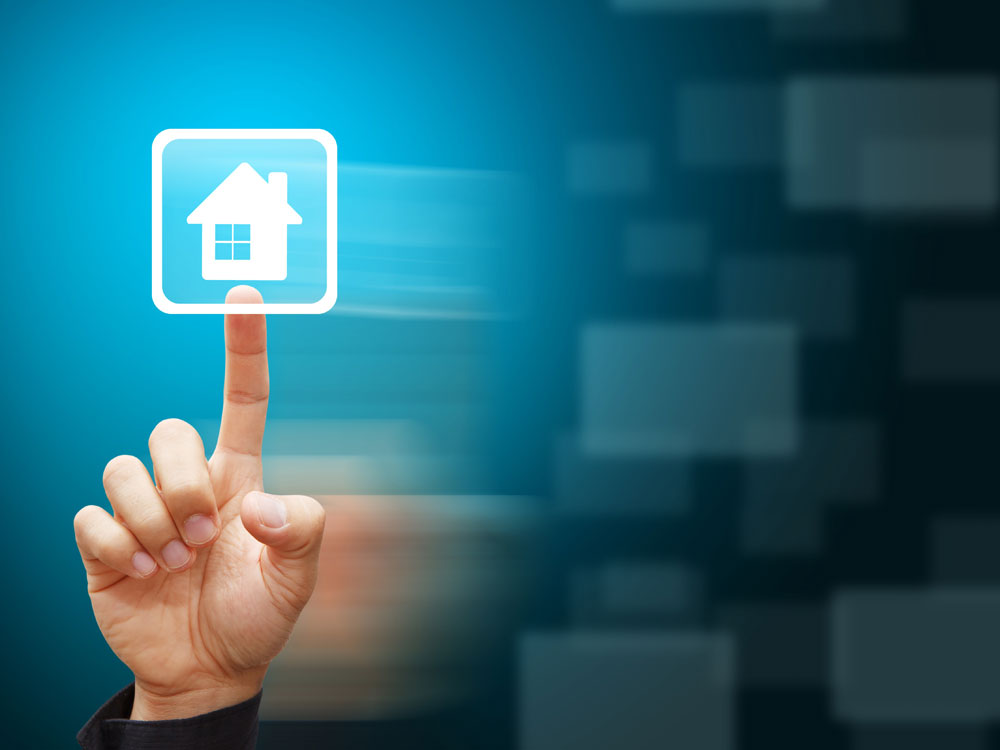
Home-control user interfaces on TV screens were once the domain of custom-installed home-automation systems, but now DIY home-automation systems are getting into the act.
LG, Samsung and Sony plan this year to launch smart TVs with such high IQs that that they either double as home-automation hubs or connect to a separate hub to control multiple home systems.
Because the companies’ TVs enjoy broad retail visibility and brand awareness, they could further expand awareness of DIY home-automation options as salespeople talk up the TVs’ benefits, suppliers and analysts said. Home control will also help the companies differentiate their TVs.
At the same time, however, no one expects TVs to replace the smartphone or tablet as the main user interface in a DIY home-control system. In fact, the Samsung and Sony implementations coexist with control apps on smartphones and tablets. And LG’s smart TVs could be used to complement the company’s separately sold ThinQ home-automation hub, which can be controlled by voice or smartphone app. Like LG’s planned smart TVs, the hub uses Wi-Fi and the AllJoyn standard to communicate with connected appliances, lights and sensors.
“I think consumers will see the value in being able to control their entire A/V set-up from the comfort of their sofa but also control other systems in the home in order to give you an optimal entertainment experience,” said analyst David Watkins of Strategy Analytics.
“There are a number of factors that point to the TV being a logical command center for the smart home,” he continued. “It’s generally located in a prominent position in a room utilized by the whole family. It is the highest quality display that most people will have in their home, and it has built-in speakers for announcing ‘events’ to the household.” Most smart TVs also come with a built-in camera, “which is ideal for monitoring the home and identifying users,” Watkins added.
It’s going to take awhile, however, before a significant number of households use their TVs to control DIY automation systems, he said. “TV-replacement cycles show no signs of falling below six to seven years, and therefore it will take time for a meaningful installed base of IoT-ready TVs to develop.”
Barbara Kraus, Parks Associates director of research, also sees potential. “There are a number of potential use cases for the TV as a smart-home controller,” she said. “The TV display can be used as a notification venue for certain use cases such as detection of movement around a sensor or camera. The TV can show who is at the front door or if a package has been delivered, unlock the door for approved visitors, adjust the lighting to set a mood, or automate household routines.”
Nonetheless, “TVs will have a lot of competition to be the main smart-home controller, given the lack of mobility and the lack of a unique value proposition,” she said. “There are no compelling use cases that can only be achieved on a TV, and most people have their mobile devices nearby.”
Kraus sees on-TV user interfaces as “additive,” not replacing phone or tablet apps. TVs as the main home-automation controller, she pointed out, “could require the TV to be on at all times, which some would consider an energy drain while others would not be concerned.”
One potential drawback is the fast pace of home-automation technology, depending on how a smart TV implements home control. “Often the platforms and hardware become outdated before the TV itself is ready for replacement,” she explained. “If the TV can no longer handle the newest smart-home platforms and protocols, it loses its value as a controller.” With smartphones, on the other hand, consumers replace those more frequently than they do TVs, “enabling ownership of the latest technologies,” she pointed out.
Not even Sony sees its smart TVs serving as a home’s main controller. “The primary controller will be the smartphone,” said Allen Kim, Sony’s TV product marketing and planning manager. But a TV UI “adds flexibility if you don’t have a phone with you.”
In Sony’s implementation on Android TVs, consumers would be able to use the TV’s UI “without interrupting the TV experience” because home-control options would appear on the TV in a bar running across the bottom of the screen.
As salespeople demo Sony’s Android TV UI and such Android TV features as Google Search, they could include home control in the pitch, helping boost DIY home-automation awareness, Kim added.





